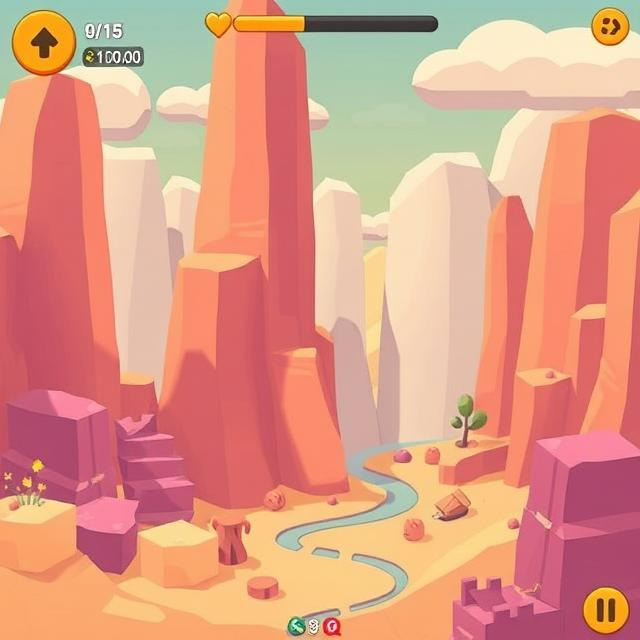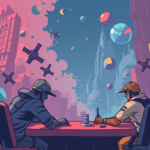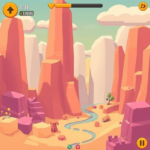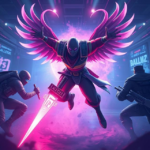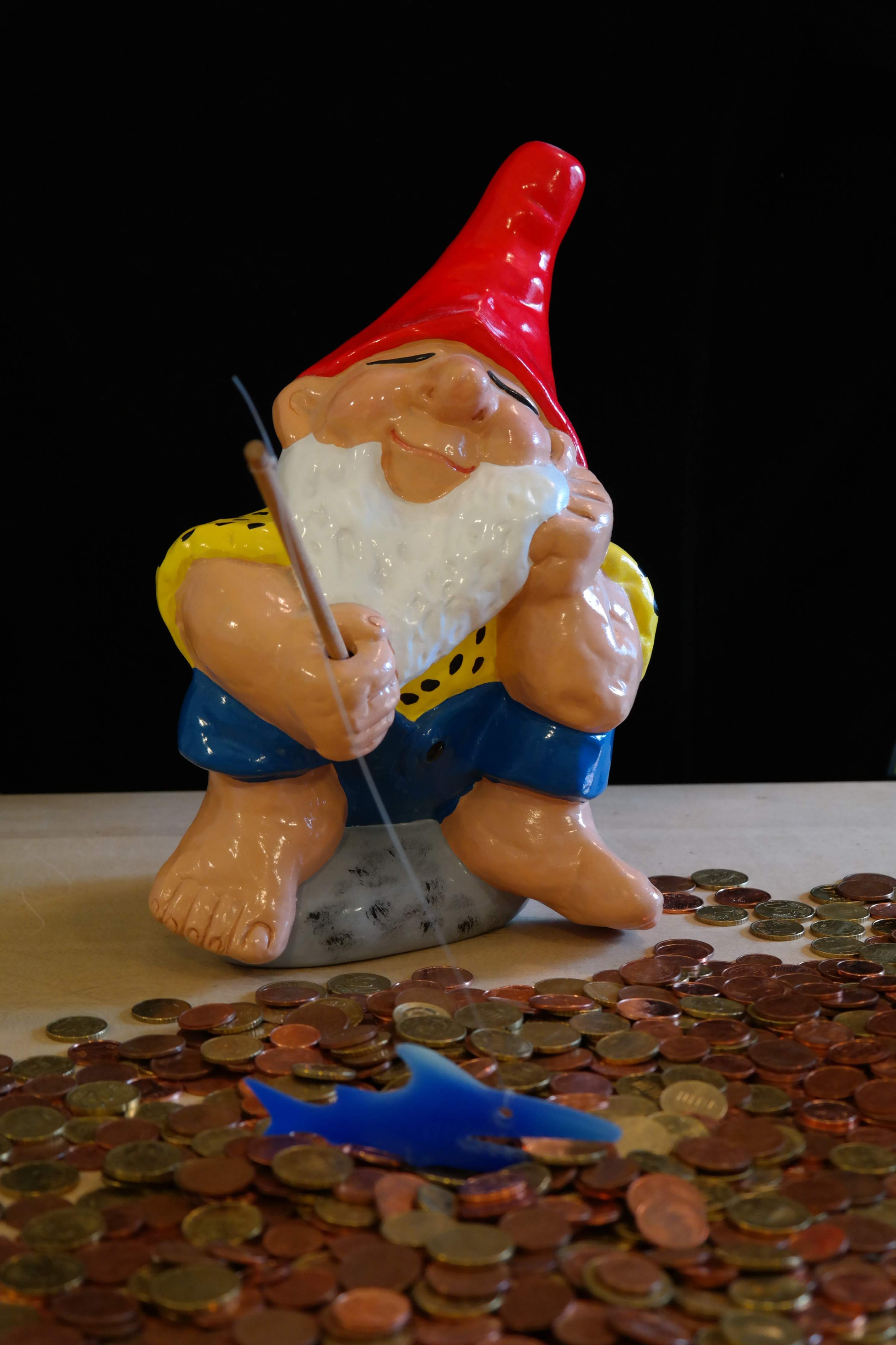Puzzle games are a genre that challenges players’ minds, requiring logic, pattern recognition, and problem-solving skills. However, the importance of visuals in puzzle games goes far beyond mere aesthetics—how a game’s visuals are designed can significantly impact how players approach and engage with puzzles.
Clarity and Readability
One of the primary functions of visuals in puzzle games is to ensure clarity. Puzzle games require players to understand and analyze information quickly, and poorly designed visuals can hinder this process. In games like Tetris or Picross, simple, clear visuals allow players to focus on the core puzzle mechanics without distractions. Clear iconography, color coding, and intuitive design help players make decisions faster and with greater ease.
Games like The Witness take this a step further by integrating puzzles into the environment itself. The visuals are not just there to look nice—they are an integral part of solving the puzzles. As players explore the island, the landscape itself offers visual clues that help them decipher the solutions to intricate puzzles. This integration of environmental design and puzzle mechanics creates an immersive experience where the visuals and gameplay are inseparable.
Visual Cues for Puzzle Solving
Many puzzle games use visual cues to guide players toward solutions, whether it’s through subtle animations, lighting, or color changes. Games like Monument Valley use shifting perspectives and optical illusions, which rely heavily on visual design to unlock new areas and paths. The changing visual elements of the game are key to the puzzle mechanics themselves, encouraging players to think outside the box and perceive their surroundings in new ways.
In Portal, the use of color and light to highlight interactable surfaces is a prime example of how visuals can help players solve complex puzzles. Players quickly learn to associate certain colors or visual patterns with objects that can be manipulated or altered, which reduces confusion and guides them toward the solution.
Aesthetic Appeal and Engagement
While clarity is essential, the aesthetic appeal of visuals in puzzle games also plays a vital role in player engagement. Beautiful, stylized visuals can elevate a game’s atmosphere, creating a deeper emotional connection with the player. Games like The Talos Principle or Gorogoa rely on visually striking designs to keep players engaged while also challenging their minds.
The combination of aesthetics and puzzle mechanics creates a compelling experience where solving a puzzle doesn’t just feel rewarding because of the mental challenge but also because of the visual satisfaction it provides.
Conclusion
The visuals in puzzle games are much more than just eye candy—they are integral to the gameplay experience. By using clarity, visual cues, and aesthetic design, developers can enhance the player’s puzzle-solving experience, making it both challenging and engaging. The visual design of puzzle games helps guide players while also contributing to the overall atmosphere, creating a deeper connection between the player and the game.

